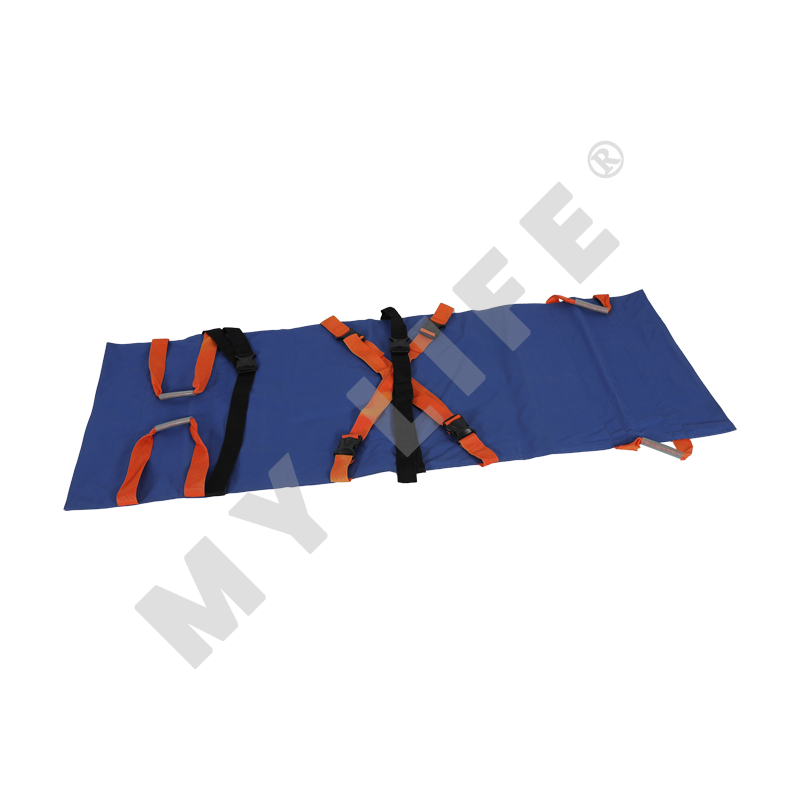Soft stretchers allow them to conform to the shape of the patient's body
Soft stretchers are medical devices designed to provide a flexible and comfortable surface for patients during transport. These stretchers are typically made of pliable materials such as fabric or foam, which allows them to conform to the shape of the patient's body. This conforming feature is beneficial for several reasons:

Comfort:
Soft stretchers provide a more comfortable surface for patients compared to traditional rigid stretchers or backboards. The conforming nature of the stretcher helps distribute the patient's weight evenly, reducing pressure points and the risk of discomfort or pain during transport.
Immobilization: While soft stretchers are not as rigid as traditional ones, they can still provide a degree of immobilization necessary for patients with suspected spinal injuries or fractures. By conforming to the body's contours, they help stabilize the patient and minimize movement during transport.
Safety: Soft stretchers are often used in situations where it may be challenging to transfer a patient onto a rigid stretcher, such as in confined spaces or during wilderness rescues. Their ability to adapt to the patient's body shape makes them a safer choice in such scenarios.
Versatility: Soft stretchers are versatile and can be used in various settings, including emergency medical services (EMS), hospitals, and search and rescue operations. They can also be used for water rescues because they are buoyant and can float.
Reduced risk of pressure sores: The conforming nature of soft stretchers helps reduce the risk of pressure sores or ulcers, which can develop when patients are immobilized on rigid surfaces for extended periods.
It's important to note that soft stretchers have limitations compared to rigid stretchers, particularly when it comes to spinal immobilization and maintaining a flat position. The choice between soft and rigid stretchers depends on the specific needs of the patient and the circumstances of the transport. Medical professionals should assess each situation carefully to determine the most appropriate type of stretcher to use.
